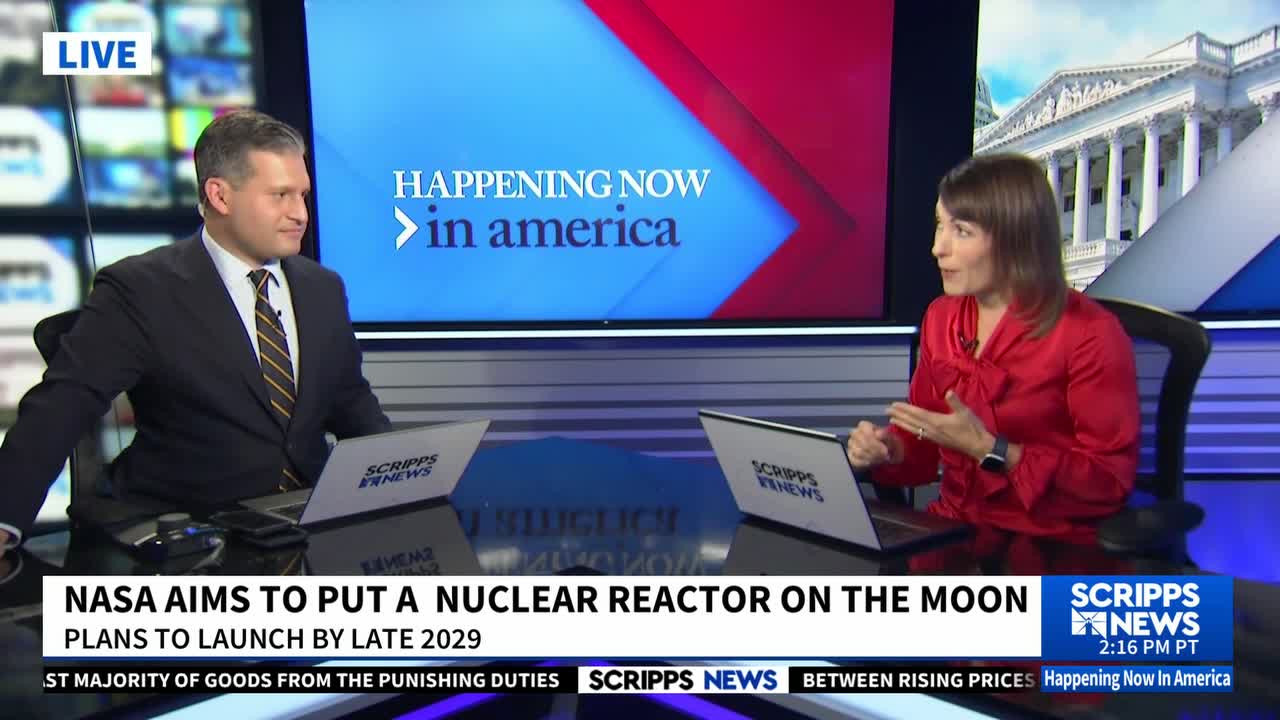Acting NASA Administrator Sean Duffy recently issued a directive to fast-track the possibility of installing a nuclear reactor on the moon.
NASA has studied a potential fission power source on the lunar surface for years. The new memo sets an aggressive timeframe to develop and deploy a working version.
By the end of August 2025, NASA wants a new executive in charge of the research effort. By the end of September, the agency wants to see proposals from potential contractors who would build and install the project. NASA says it will award the contract to two finalists by March 2026.
RELATED STORY | NASA shares details for its next Space Station crew as its budget and staffing face new cuts
Secretary Duffy has framed the effort as a matter of national security: Russia and China have both indicated they plan to pursue similar projects and may install reactors by the mid 2030s, and there is some concern that whoever makes the first installation could stand to lock up the best available resources.
"There's a certain part of the moon that everyone knows is the best. We have ice there. We have some light there. We want to get there first and claim that for America. This part of the fission technology is critically important to sustain life because solar won't do it."
"Solar won't do it" because a lunar day last approximately one Earth month. Any settlement on the surface would be in darkness and unable to use solar power for as long as two weeks.
By contrast, a nuclear reactor could provide steady power. The envisioned installation would provide about 100 megawatts of power, which is well below the massive scale of Earth-based nuclear power stations but would still be enough to run dozens of average houses — or a moon base — for a decade.
Sec. Duffy has said he hopes the reactor would launch by the fall of 2030.





